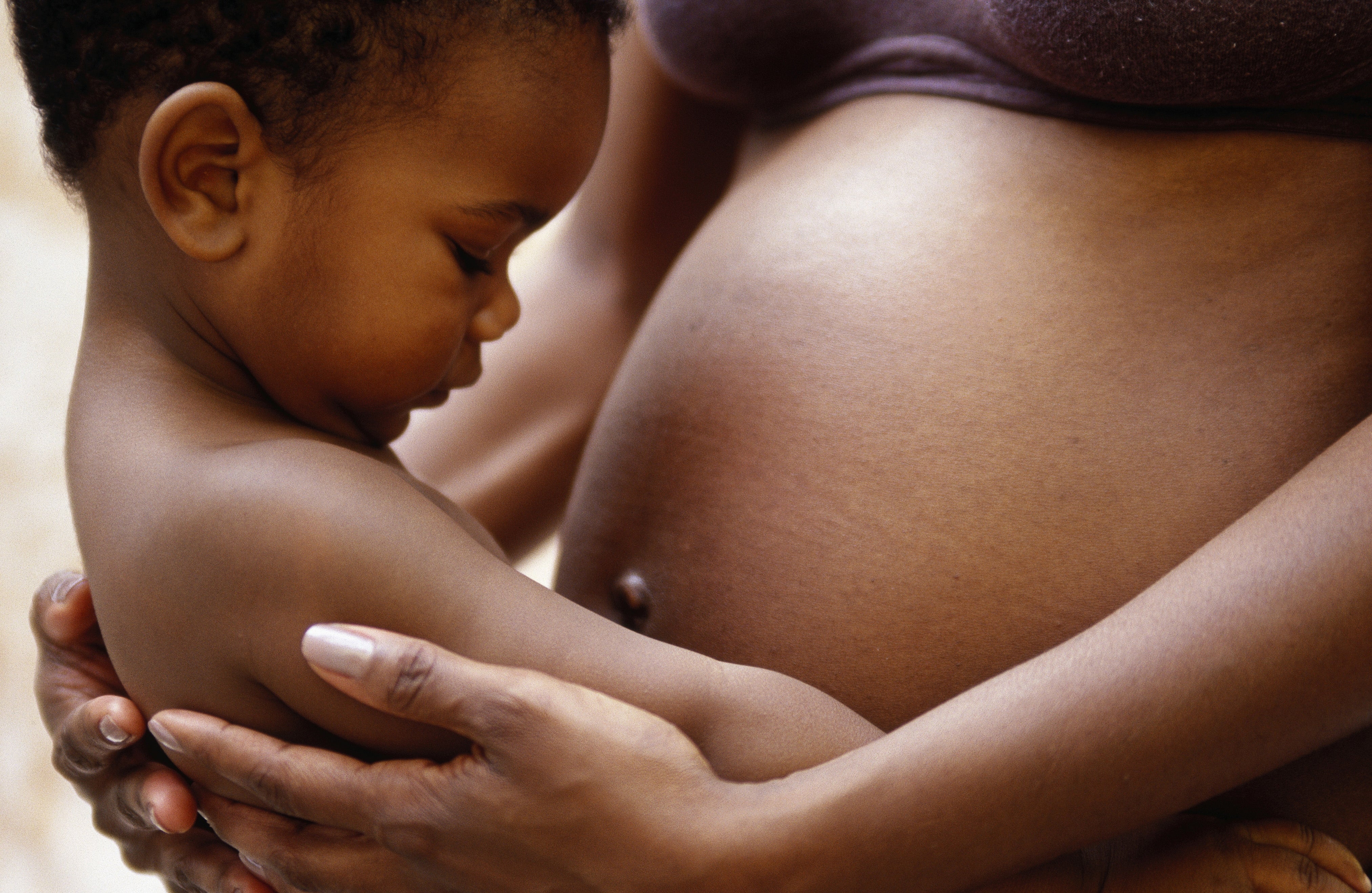
This article originally appeared on Fortune.
About 10% of pregnant American women who contracted the Zika virus had children or fetuses with birth defects, according to the Centers for Disease Control (CDC) data released Wednesday.
The latest CDC analysis spans the 50 states and the District of Columbia; nationwide, 1,297 pregnant women with laboratory evidence of potential Zika infection across 44 states were reported to a central federal database called the U.S. Zika Pregnancy Registry last year. And 51 fetuses or infants out of the nearly 1,000 completed pregnancies out of this group has birth defects associated with the mosquito- and sexually-transmitted pathogen, including 43 with microcephaly—abnormally small heads—or problems with the brain and central nervous system. Other suffered issues with their eyes and neural tube defects, and another 77 of the pregnancies resulted in the loss of the child.
Click here to subscribe to Brainstorm Health Daily, our brand new newsletter about health innovations.
Those numbers add up to a 5% birth defect rate among these pregnancies. But it’s actually even worse for those who had lab-confirmed (rather than just potential) Zika infection. Out of the 250 women in that category, just under 10%, or 24, fetuses and infants had birth defects.
“These findings highlight why pregnant women should avoid Zika virus exposure. Because the full clinical spectrum of congenital Zika virus infection is not yet known, all infants born to women with laboratory evidence of possible recent Zika virus infection during pregnancy should receive postnatal neuroimaging and Zika virus testing in addition to a comprehensive newborn physical exam and hearing screen,” wrote the CDC in its update. “Identification and follow-up care of infants born to women with laboratory evidence of possible recent Zika virus infection during pregnancy and infants with possible congenital Zika virus infection can ensure that appropriate clinical services are available.”
The 51 babies or fetuses with Zika-associated birth defects were born to mothers who were exposed to the virus in 16 countries or U.S. territories with a higher prevalence of the infection, such as Brazil, the Dominican Republic, Mexico, and Puerto Rico. Last August, a Texas baby became the first known Zika fatality in the U.S.
Subscribe to our daily newsletter for the latest in hair, beauty, style and celebrity news.
What’s particularly concerning about the CDC’s analysis is that “laboratory evidence of possible recent Zika virus infection and the number of fetuses/infants with Zika virus–associated birth defects continues to increase in the United States.” That meshes with earlier agency data finding that pregnant women with Zika are 20 times more likely to have children with birth defects.
“The proportion of fetuses and infants with birth defects among pregnancies with confirmed Zika virus infection at any time during pregnancy was more than 30 times higher than the baseline prevalence in the pre-Zika years, and a higher proportion of those with first trimester infections had birth defects,” wrote the CDC.